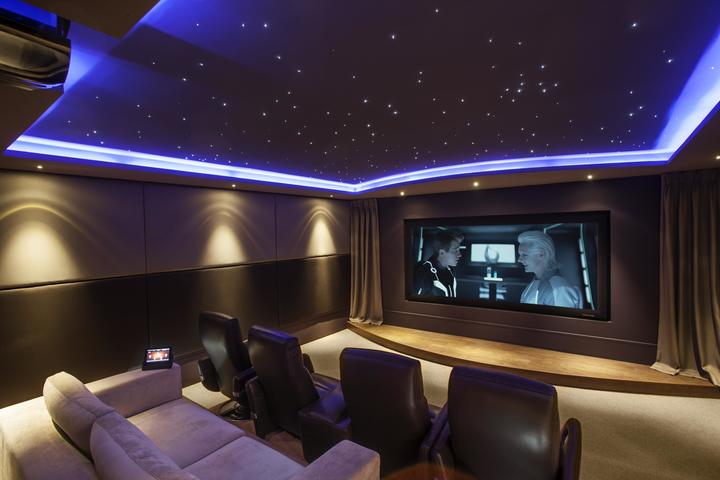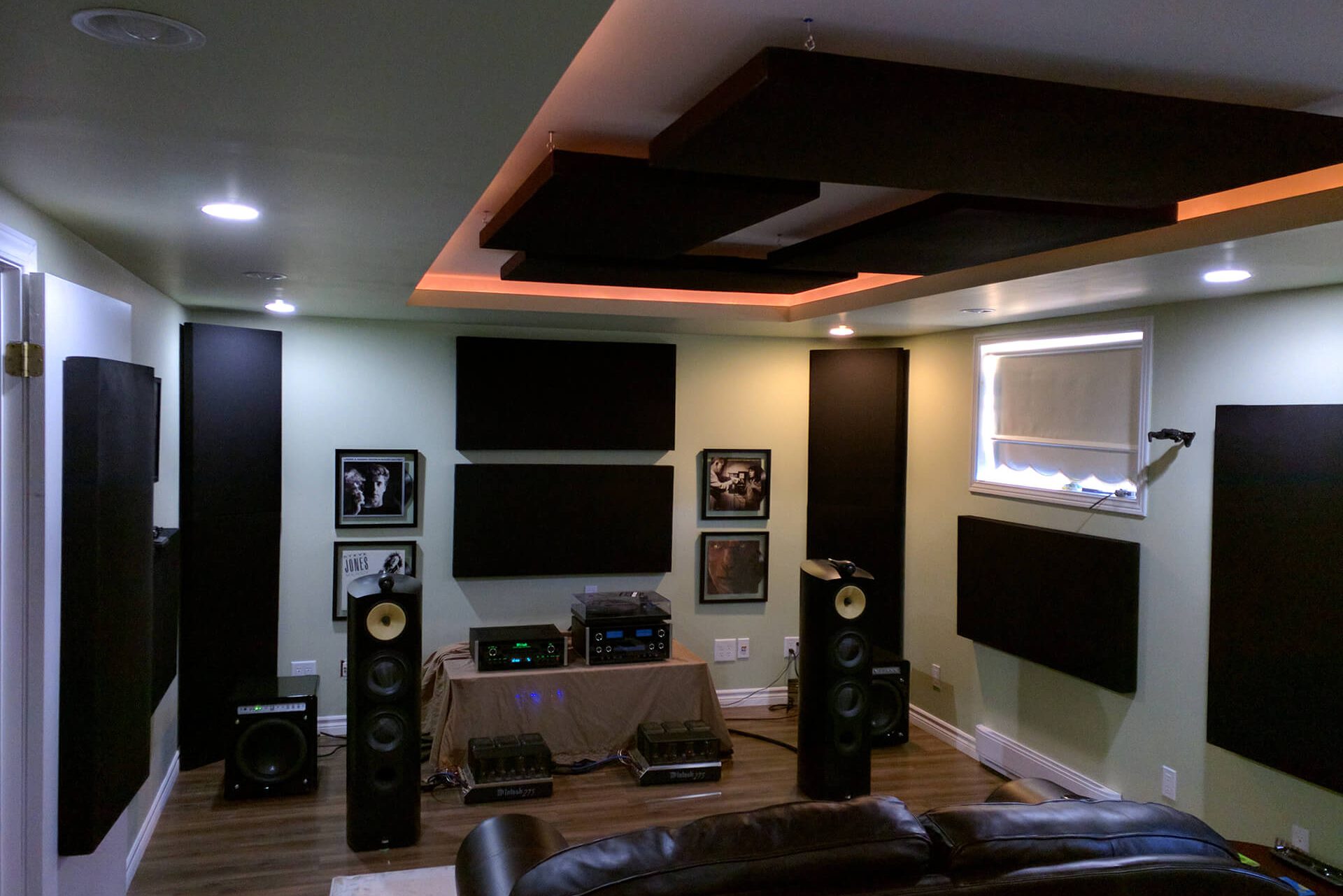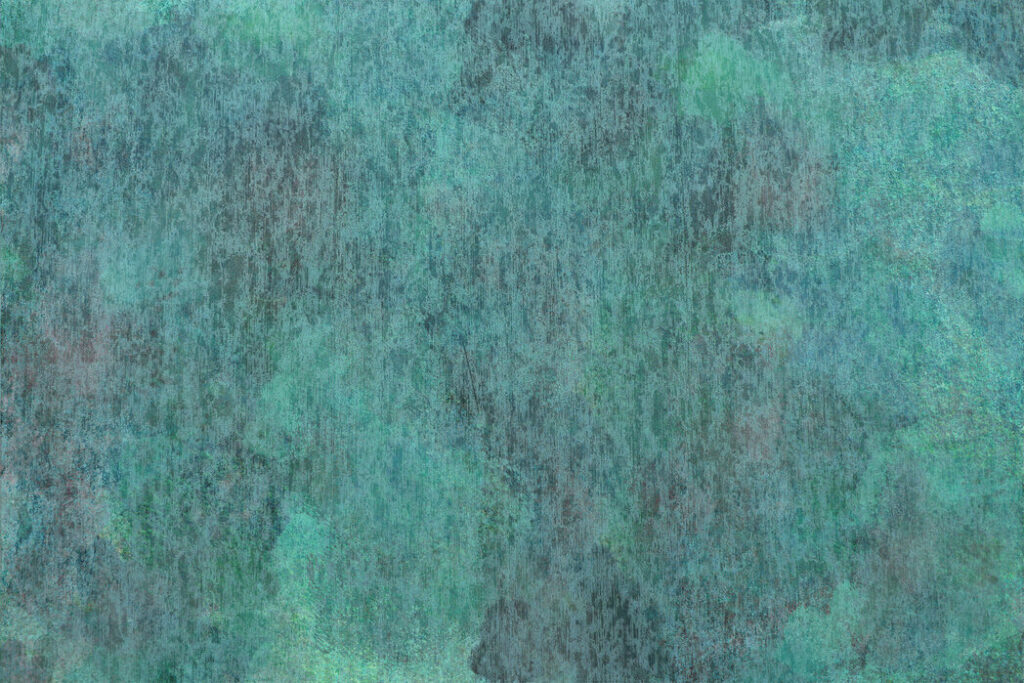The factors that distinguish the performance of a Hi-Fi system are innumerable. The ones we think of first are electronics and cables. These in turn are divided into various types: amplifiers, speakers, sources and so on in the first case; power cables, Speaker , INTERCONNECT and so on in the second. Then there are the variables of manufacturer, model, wear and tear and, really, you name it. To the delight of audiophiles, there is plenty of testing to be done. One element, however, is often forgotten, perhaps deliberately, since it is the one on which it is most difficult to intervene. We're talking about the listening room in Hi-Fi, an environment whose importance the ancient Greeks realised immediately. at the Ancient Theatre of Epidauruswhich boasts perfect and impressive acoustics even today. So here are four general tips to improve yours.
The Hi-Fi listening triangle
This is the one piece of advice that more or less everyone can agree on. The listening triang le is the one that should be formed with the two loudspeakers and the listener's head as points of an equilateral triangle. The symmetry must be total, just as it is important that the height at which the loudspeakers are placed, in particular the tweeter, is the same as the height of the listener. Some audiophiles, however, prefer an arrangement that is close to the shape of an isosceles triangle; as we wrote in the introduction, there are many variables, so what we can recommend is to test far and wide, to understand which is the best formation according to your Hi-Fi listening room and your taste. In any case, the preferable shape of the listening room is undoubtedly the rectangular one, whether you opt for the isosceles triangle or the equilateral triangle, since behind you, as well as behind the speakers, it is advisable to preserve a certain distance.
Furniture for high and low frequencies
Absorption of sound waves is what we need to work on if we find high frequencies too sharp in our Hi-Fi system. Fortunately, this is something we can do with everyday objects. Curtains, bookcases and pictures are all good for this purpose, as long as they have no reflective glass tops. You can think about buying sound-absorbing panels, now available in many specialised shops, but it is also possible to obtain discreet results with the instruments mentioned above, without having to dig into your wallet. With excess bass, the solution to the problem becomes a little more complicated.

If you feel that the low frequencies are too pronounced, or if you notice real rumble, you should try moving the furniture or at least using carpets. There are carpets specifically designed for this purpose, and they are always available in specialist shops. If you feel the expense is too high, you can always opt for the carpets you have at home, preferably thick, long-pile ones. Finally, furniture can be an ally in smoothing out the corners of the room. If possible, place a piece of furniture at a 45° angle or a bookcase placed at an angle, or at least a plant, to reduce overly pronounced reflections.
The materials of the listening environment
The materials that surround us contribute in a decisive way to the sound performance of the system in the Hi-Fi listening room. Unfortunately, however, in case of problems due to them, it is often necessary to spend considerable amounts of money. Let's talk, for example, about the walls. The thicker and more solid they are the better, both for the impact of low frequencies and for good isolation. If yours is a plasterboard wall, the vibrations will be very high and the sound will be substantially compromised. The same vibration problem applies to doors and windows; it is best to avoid them being near the corners of the room and to avoid them being covered with curtains, especially the latter.
The wall to pay most attention to is the one behind the speakers. A good acoustic treatment of this part of the room ensures excellent results. In general it is good to respect the symmetry of the furniture, including the symmetry of some possible (and recommended) paintings on the side walls with respect to the listening point. Let's think now, instead, about the floors, for which the best material is wood. The worst are marble (too reflective) or carpet (very absorbent). Fortunately, in this case we do not have to become expert carpenters, but much less is needed. In the case of tile or marble floors, in fact, a thick carpet between the speakers and the listening point will reduce the problems considerably. In general, reflective surfaces should be avoided as much as possible.

Exploiting the walls
We think of walls mainly as a problem to be solved. This is partially true. Most loudspeakers are designed to have some space between them and the walls so that the sound can come directly from there rather than reflected off the walls of the room we are in. So keeping some space between the walls and the speakers is always a prerequisite for good acoustic performance from your Hi-Fi system.
At the same time, when the level of the electronics rises to at least good, the three-dimensionality of the scene and the sound image comes into play. The sound image is the illusion of a full-fledged stage in front of you, which therefore has its own width, height and depth. A "positive" exploitation of the walls can give excellent results in improving these characteristics. Returning to the subject of curtains, there are at least two positions that improve the image: the first is on the side walls, halfway between the speakers and the listening point; the second is immediately behind the listening point, behind us. Please note that there are also ad hoc panels designed for this purpose.
Final considerations
To all these considerations, a few final ones must be added. The first is that the higher the level of the system, the more sensitive it will be to any modifications made. On the other hand, if you have a poor Hi-Fi system, you will hardly be able to perform miracles, even if you take all possible measures. However, it must be said that a good system, put in a position to give the best of itself, will give satisfaction to the listener; at the same time a great Hi-Fi system placed in a bad room from the acoustic point of view will be extremely disappointing to listen to.
The second consideration we want to make is that, on this occasion perhaps even more than on others, long tests are the fundamental starting point for understanding how to move. Therefore, allow your brain to concentrate exclusively on the sound. Don't take anything for granted (by opening or closing the doors of your room) and try to carry out listening sessions with the same settings fragmented over a fairly long period, avoiding "on and off". Finally, don't forget the importance of the Hi-Fi listening environment not only in terms of sound, but also in terms of emotional impact.
Before we leave you to explore our catalogue, we would like to share a tidbit with you. Some people claim that glasses improve listening because, by reflecting the signal, they ensure that part of the signal coming from the right speaker does not reach the left ear, and vice versa. This would benefit the lateral width of the image. Is this true? We think not, but it doesn't cost anything to try...














